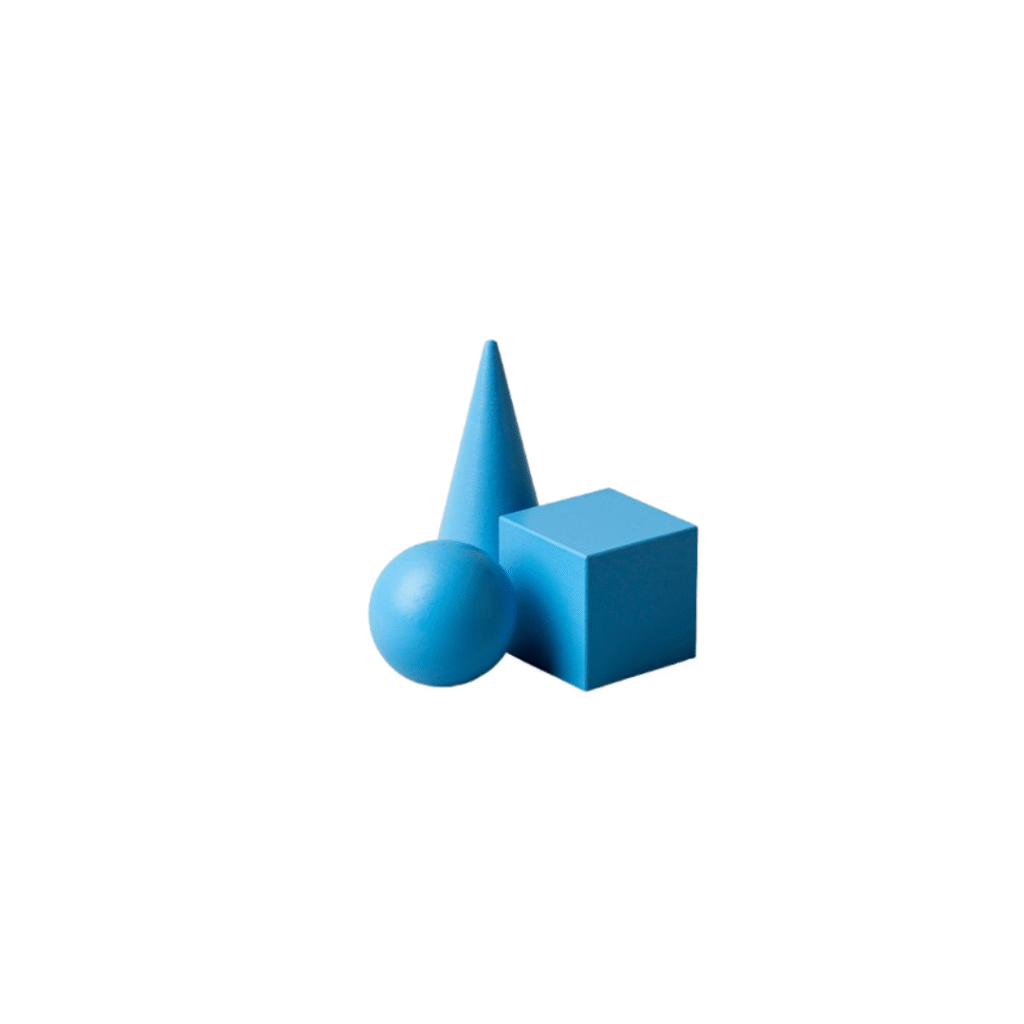Light: Verification of Laws of Reflection
Verify the fundamental **laws of reflection** on a plane mirror and explore related concepts such as the **angle of deviation**, which are crucial for understanding advanced optics.
Key Concepts and Laws
▼The **angle of incidence** ($$\angle i$$) is equal to the **angle of reflection** ($$\angle r$$). ($$\angle i = \angle r$$).
The incident ray, the reflected ray, and the normal to the surface at the point of incidence all lie in the **same plane**.
The angle ($\delta$) by which a ray of light turns after reflection is the angle between the incident ray's direction and the reflected ray's direction. $$\delta = 180^\circ - 2i$$.
Experiment 1: Verification and Measurement
Simulate measuring the angle of incidence ($$\angle i$$) and observe the resulting angles.
Experiment 2: Angle of Deviation ($\delta$) Challenge
Given the Angle of Incidence ($$\angle i$$), calculate the Angle of Deviation ($\delta$) in degrees. (Std 10 level challenge).
The image formed by a plane mirror is always **Virtual, Erect, Laterally Inverted,** and of the **Same Size** as the object. It is formed as far behind the mirror as the object is in front of it.
Introduction to Refraction (10th Std Context)
Unlike reflection, where light bounces back into the same medium, **refraction** involves light **bending** as it passes from one medium to another (e.g., air to water). This is governed by **Snell's Law** ($n_1 \sin i = n_2 \sin r$).
In 10th standard, we extend reflection to **spherical mirrors** (**concave** and **convex**), which form images by converging or diverging light rays.
The laws of reflection are visually represented using **ray diagrams**, which help trace the path of light and determine the position and nature of the image formed.



